I would like to explain how sound is produced electrically and electronically over time. In this article, we will take a brief look at sound production methods used in the early days, from the Meiji era (1868-1912) when electricity was put to practical use, to around 1960 when full-fledged synthesizers appeared. In fact, it seems that various methods were tried, but I have picked up only the ones that caught my personal attention in the larger categories.
1874 Electromagnetic Oscillator by Elisha Gray
Elisha Gray (USA) makes an electromagnetic instrument called Musical Telegraph, a keyboard instrument with an electric oscillating circuit. It seems to be based on an accidental result obtained with the development of the telephone. In fact, it was used as a model for the development of the telephone rather than for the development of a musical instrument. Gray's invention influenced the later Telharmonium and many other inventions.
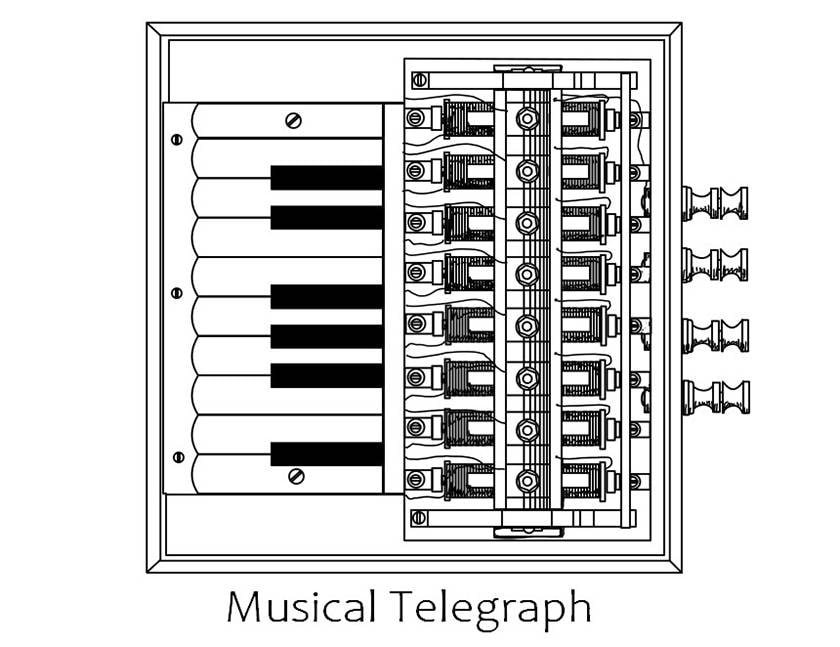
1897 Machine-rotating Telharmonium - Hammond Organ
As early as 1897, there was a dynamo rather than machine-rotated Telharmonium (USA). Although it was a musical instrument, it was a large-scale one, like a wired broadcasting system using early telephone lines. The system was designed to be played by using a keyboard to select the sound to be played, but the sound source could be described as a generator itself using a steam engine for power, a specification that seems exaggerated for a sound generator. The mechanism is such that it turns an AC motor and outputs AC power. The signal was then passed to the telephone line. In other words, the contents of the performance flowed directly to the telephone line. Because the Telarmonium was too early for its time when there were no vacuum tubes, it did not last long.
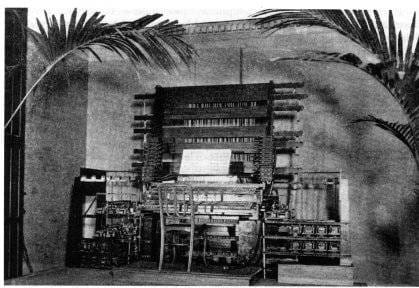
Teleharmonium1897, Public domain (Source: Wikipedia)
The first successful mechanical rotary organ was the Hammond organ (USA) that was released 40 years later in 1939. The practical use of vacuum tubes contributed greatly to its success. Until then, there was no way to amplify sound, even if it could be produced. The sound source reads the rotation of the gears with an electromagnet to obtain the signal of a specific pitch. The principle itself is simple, but because it’s mechanical, it’s complex and has a large number of parts. The frequency of the AC power supply was used to determine the rotation speed. Therefore, if no measures were taken, the pitch would change between 50Hz and 60Hz. The Hammond organ continued to be used as a low-cost alternative to the pipe organ until the 1970s, when it was replaced by the electronic organ.
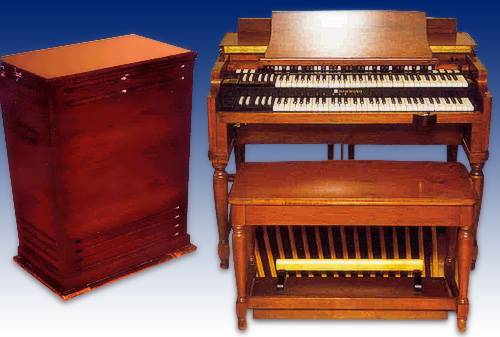
Hammond b3, CC BY-SA 3.0 (Source: Wikipedia)
The photo below shows the tone wheel of a Hammond organ. An electromagnet is placed close to the rotating jagged disk to convert it into an electrical signal, which is then amplified and converted into sound.
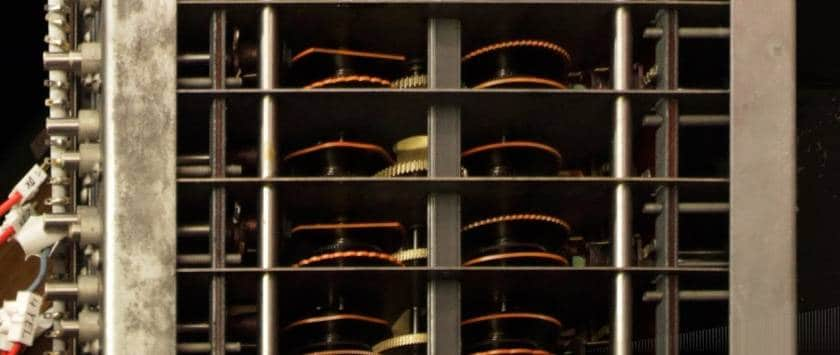
Tongenerator Unterseite, CC BY-SA 4.0 (Source: Wikipedia)
1920s-30s Optical
Optical systems were developed around the world, most notably the Lichttonorgel (Germany) sampling organ. The principle of the optical method is similar to that of motion picture film. A sound pattern is drawn on a transparent glass disk that passes light and is rotated. A light and a receiver read the pattern and converted it into an electrical signal. Since pitch is a cycle, a rotating glass disk seems reasonable for handling instrumental sounds. The sound quality can be changed simply by changing the disc. It is truly the original sampler or wavetable. It had considerable potential, but it was lost in World War II and did not become as popular as the mechanical rotary type.

Lichttonorgelversuchsscheibe, CC BY 3.0 (Source: Wikipedia)
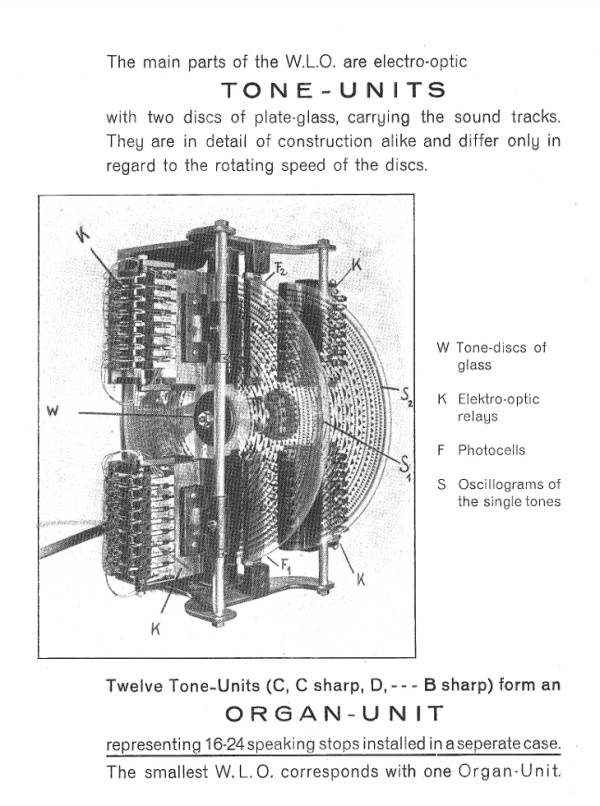
Lichtscheiben, Public domain (Source: Wikipedia)
Below is an audio track from a movie film. Optical sound tracks are read by light and are available in variable density and variable area types.
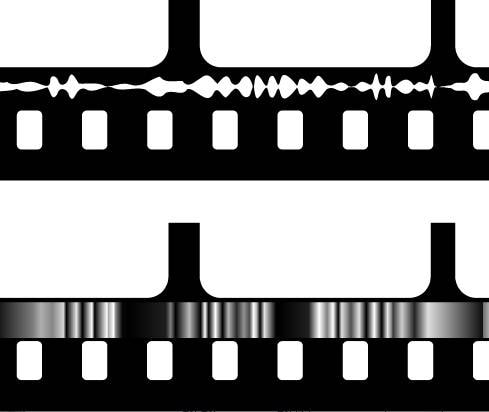
Optical-film-soundtrack, CC BY 2.5 (Source: Wikipedia)
1922 Radio Technology Theremin (Russia)
Produces sound electrically without the need for power. Basically, it is an application of radio technology. It is based on the principle of beat frequency and the pitch of the sound is the buzzing that occurs when slightly different frequencies are combined. This is basically the same as the buzzing that occurs when tuning a guitar with two strings. In the case of the theremin, two frequencies beyond the audible range are used to create an audible frequency. This is then passed through an amplification circuit to create sound. This principle was also used in the electronic instruments Trautonium and Ondo Martono in their early days. As shown in the picture, the theremin controls pitch and volume without directly touching the body. This is achieved by reading changes in capacitance between the theremin and the human body.
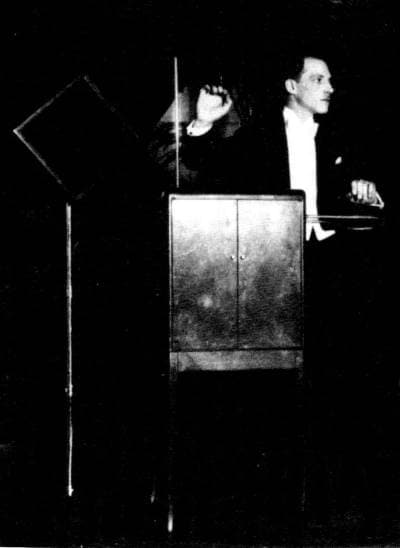
Leon Theremin, Public domain (Source: Wikipedia)
The theremin has a long history of disappearing and then coming back to life: in 1928, RCA acquired the rights to manufacture and sell the theremin, but the Great Depression of the following year brought no sales growth and production ended after a few hundred units. Other products were also sold intermittently on a small scale under the name Theremin. Today, authentic theremins are again being produced by the moog company and are available. Because of its unique and mysterious sound, it was often used in theatrical accompaniments in the 60s and 70s.
moog/ Etherwave Theremin Theremin
1929 Coupleaux - Givelet Organ, France
This organ by Edouard Coupleaux and Joseph Givelet was presented at the Paris Exposition of 1929. It was similar to a synthesizer in content, and sound synthesis was possible using a vacuum tube oscillator. It was also capable of automatic performance based on information punched on a roll of paper. The Givelet Organ was developed as an alternative to the pipe organ, but it seems that it could not compete with the momentum of the Hammond organ.
1939 Communication Compression and Encryption Technology Vocoder (USA)
Robot voice was already available before the Pacific War. It was originally developed as a communication compression and encryption technology, but it also appealed to be used musically in demonstrations. It was not until 30 years later that it was actually used in music. The sound source is the human voice, since this is a communication technology to begin with. It is then combined with electronic sounds (pitch and noise). The purpose of the vocoder is to compress the data by breaking the voice into several bands by frequency, and then re-synthesize it back into speech. The “Voder” was shown as an exhibition at the 1939 New York World's Fair and it had a specification of 10 bands. Intonation must be mechanically attached, which is the pitch. The result of the resynthesis is a robot voice, but what is said is that it’s restored until it’s audible. The unique part of the instrument is that the voice modulates the electronic sound with pitch.
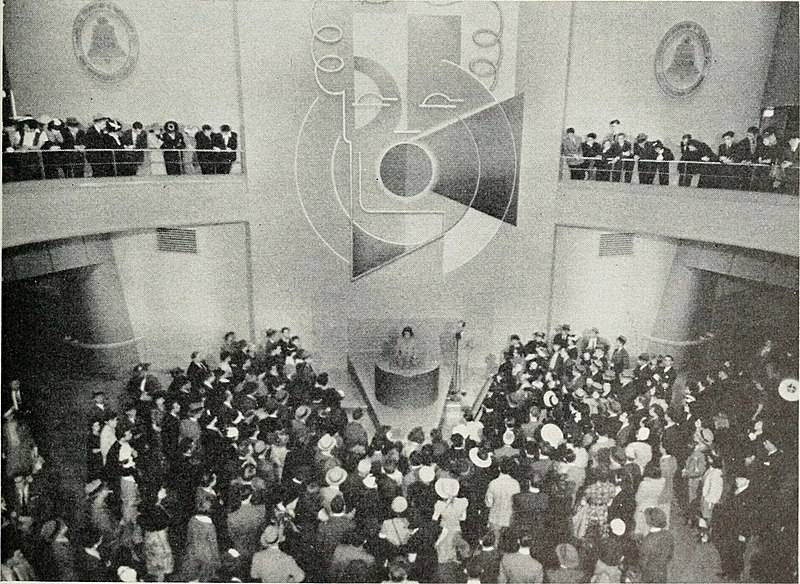
VODER, No restrictions (Source: Wikipedia)
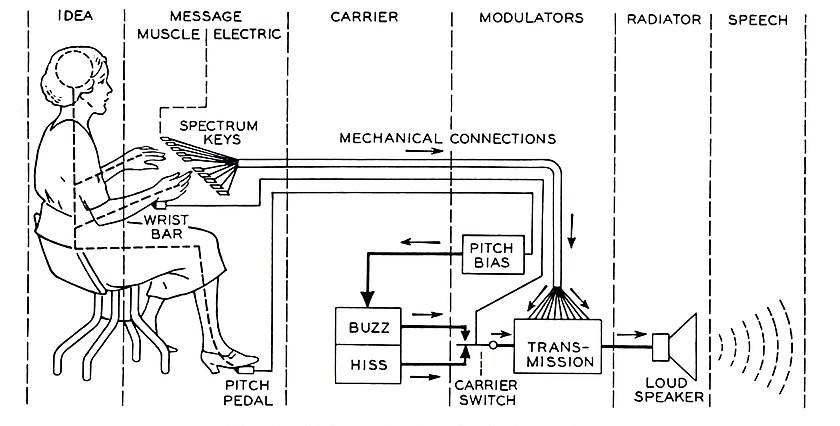
VODER, No restrictions (Source: Wikipedia)
1955 RCA Mark I-II Sound Synthesizer (USA)
The full-fledged synthesizer made its debut. As can be seen from the word “synthesize,” meaning to combine to form something new, it succeeded in creating a variety of sounds electrically. It may be said that the prototype for today's analog synthesizers can be found in the RCA. Rather than a musical instrument, it was an advanced concept that has not been realized even today, aiming at the automatic generation and performance of hit songs. It was composed entirely of modules, and the basic elements of VCO, VCF, VCA, and ENV were already in place; multiple VCOs could be used simultaneously, including noise, and routing was flexible. The performance concept was similar to that of the Givelet organ, where a binary file punched on a roll of paper was read and played back, but it was possible to control not only the notes for the performance, but also the tones, envelopes, and other details. The 2-channel, 4-voice polyphony provides speaker output and recording by cutting a disc. Multiple recordings could be made by bouncing the recorded disc. However, it was not for sale and was positioned as RCA research. Also, since vacuum tubes were used, the equipment was so huge that the floor of the Columbia University laboratory was filled with machinery.
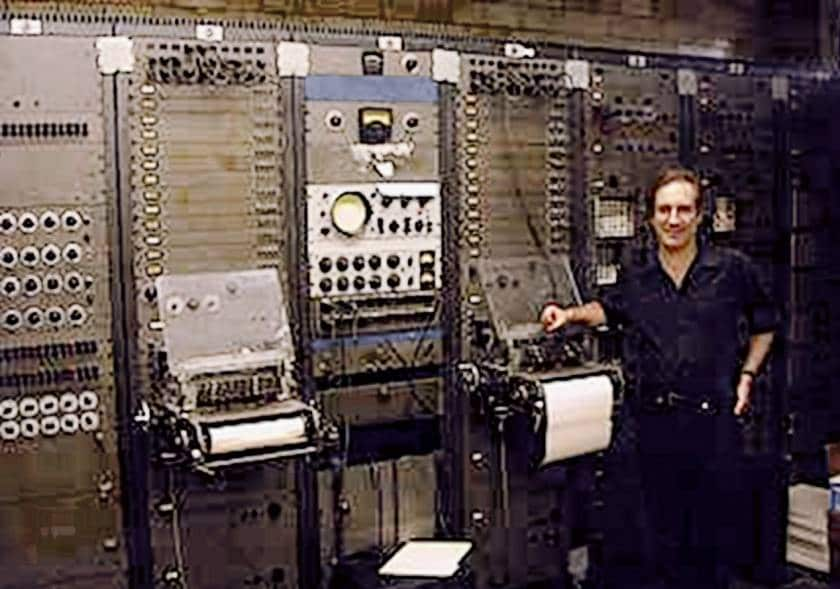
Rca mk2, Public domain (Source: Wikipedia)
1963 Mellotron (UK)
Structurally, it may be described as a sampler using magnetic tape. Each keyboard key is a playback button, and when pressed, the sound recorded on each tape is played back. The playback time is 8 seconds, and the tape rewinds when the keyboard is released. It is similar in concept to the digital samplers of the 80's and beyond, but its use and usability suggest that it should be considered to be a completely different instrument.
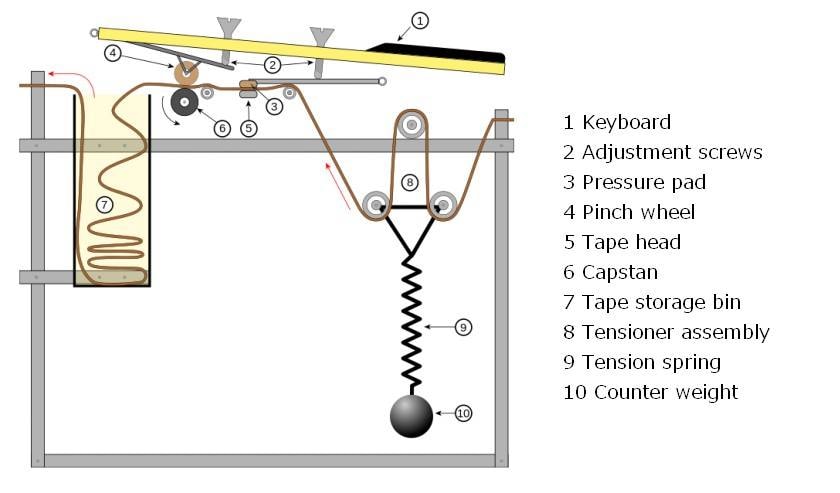
Mellotron diagram, CC BY-SA 4.0 (Source: Wikipedia)
The photo shows a Mellotron reissued using digital technology rather than magnetic tape.
1964 moog synthesizer
In 1964, moog (U.S.A.) developed a synthesizer that took the best features of RCA, miniaturized it with transistors, and incorporated a variety of ideas into a practical product. Switched-on-Bach by Wendy Carlos, a musician who helped develop the synthesizer, became a hit, and the synthesizer was used in a Beatles' song, giving moog's synthesizer worldwide recognition. The moog synthesizer was then used in a variety of music scenes, marking the beginning of the full-fledged electronic sound.
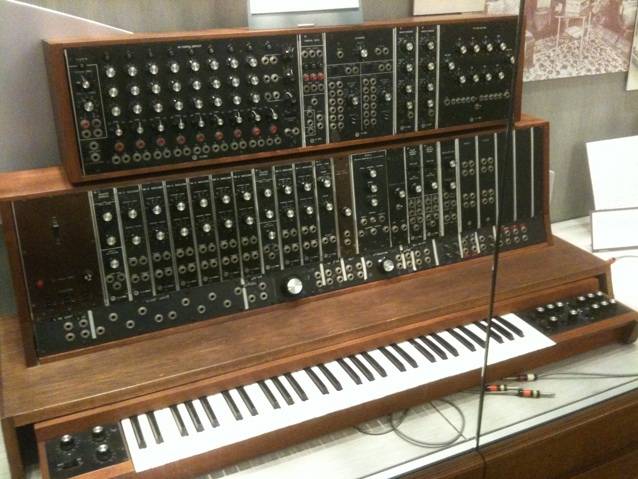
Moog synthesizer, CC BY-SA 2.0 (Source: Wikipedia)
The “sound & person” column is made up of contributions from you.
For details about contributing, click here.





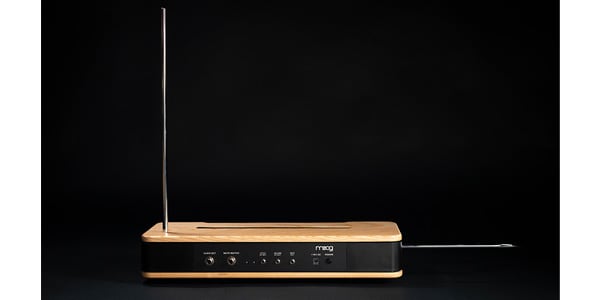
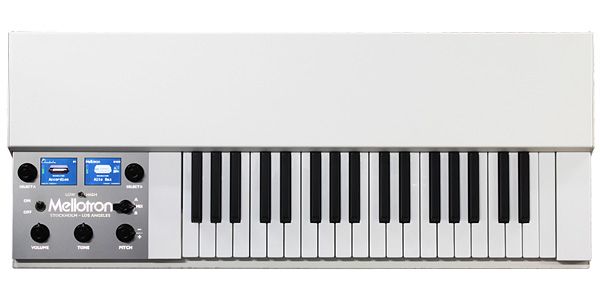

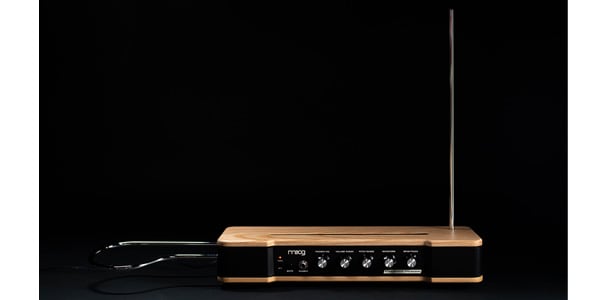
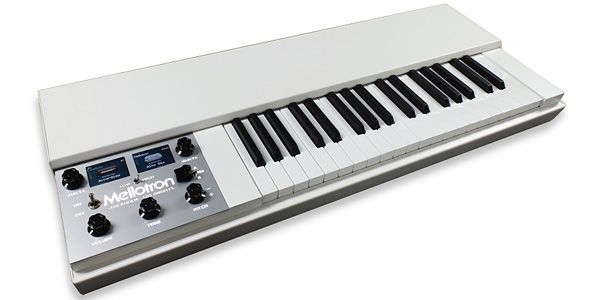







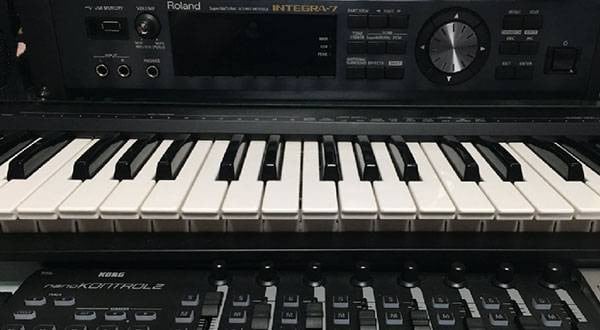


![[2023] Recommended Items for Music Programming - DAW/Software Instruments/Plug-ins](/contents/uploads/thumbs/2/2020/11/20201102_2_11495_1.jpg)
 定番DAWソフトウェア CUBASE
定番DAWソフトウェア CUBASE
 iZotopeが手がけるオールインワンDAW “Spire”
iZotopeが手がけるオールインワンDAW “Spire”
 DTMセール情報まとめ
DTMセール情報まとめ
 DTMに必要な機材
DTMに必要な機材
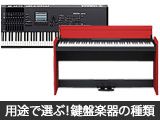 用途で選ぶ!鍵盤楽器の種類
用途で選ぶ!鍵盤楽器の種類
 DTM・DAW購入ガイド
DTM・DAW購入ガイド















